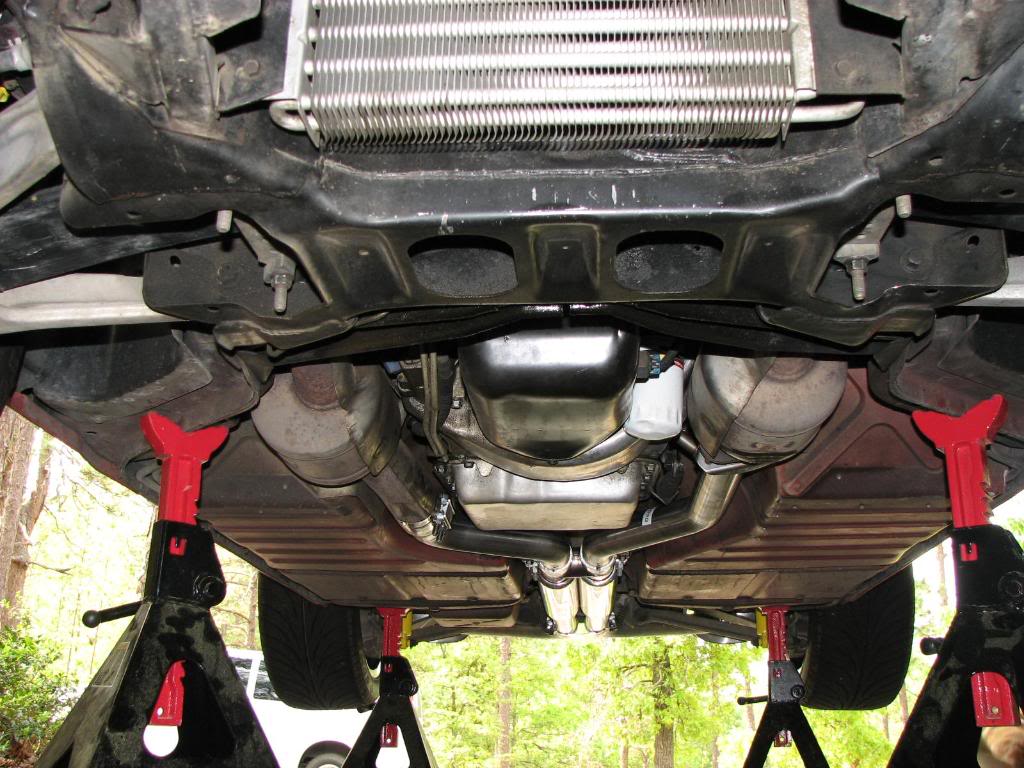JimmyDuncan
Well-Known Member
I have a problem with starting that has gotten worse lately... 
It usually takes between 3-10 clunk not crank attempts before the starter will crank and then Frank the tank will start.... For a while I was also struggling with hard start when cold, but a guy who came over to buy the old Holden HQ Statesman off me the other day, showed me how "pumping the bejesus out of it!" fixed that... Apparently I need to do a carb rebuild.. (or replace it, as is the plan
Apparently I need to do a carb rebuild.. (or replace it, as is the plan  )
)
Anyway... it now starts fairly easily when it cranks, but, what is the likely cause of clunk, clunk, clunk, start?
I have done some research and learnt about voltage drop tests... I did a few tests earlier, but my helper left and I figured out I was not really following a good step by step plan....
What is the recommended step by step testing plan?
Am I on track that it is a possible wiring or ground issue...? and that a voltage drop test will lead me to the issue.
It usually takes between 3-10 clunk not crank attempts before the starter will crank and then Frank the tank will start.... For a while I was also struggling with hard start when cold, but a guy who came over to buy the old Holden HQ Statesman off me the other day, showed me how "pumping the bejesus out of it!" fixed that...
Anyway... it now starts fairly easily when it cranks, but, what is the likely cause of clunk, clunk, clunk, start?
I have done some research and learnt about voltage drop tests... I did a few tests earlier, but my helper left and I figured out I was not really following a good step by step plan....
What is the recommended step by step testing plan?
Am I on track that it is a possible wiring or ground issue...? and that a voltage drop test will lead me to the issue.




